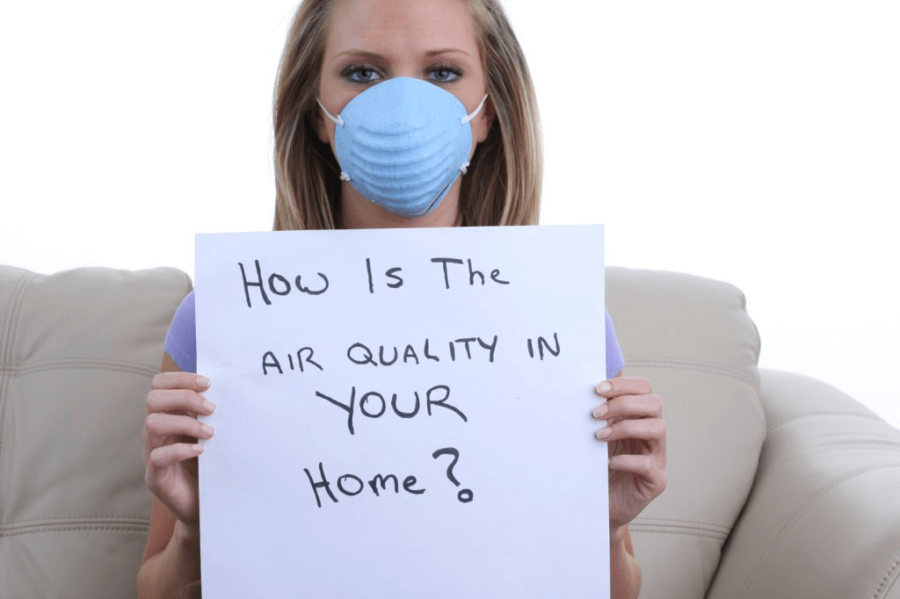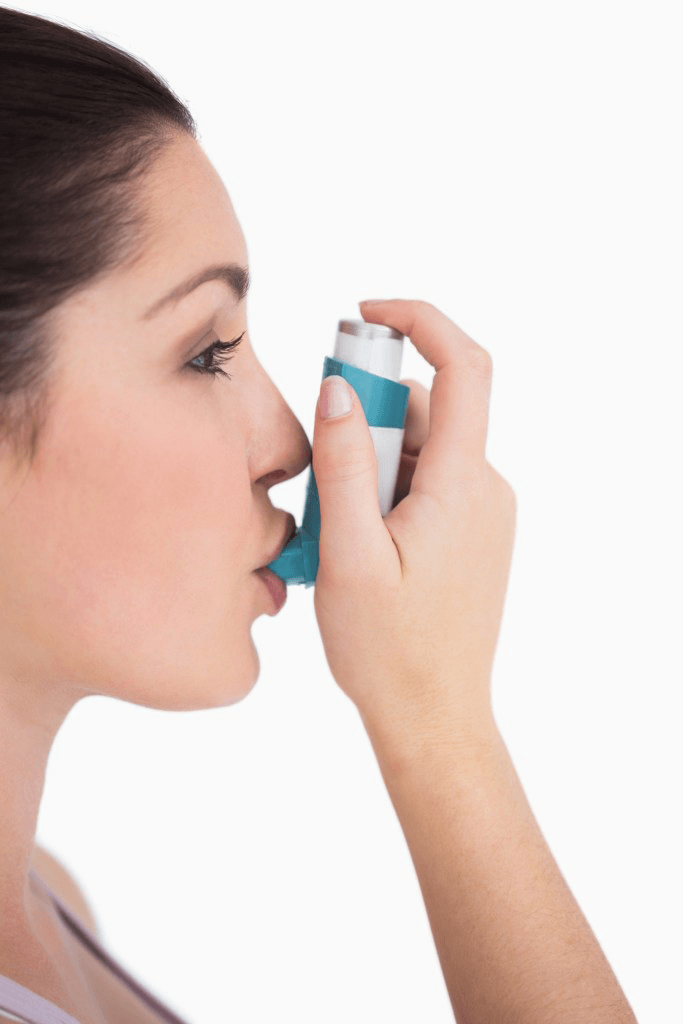At the end of a tiring day, there’s nothing more satisfying than coming home to a clean house. Home is a safe and comfortable place – it’s a haven filled with people and things you love. Most times, you would rather stay at home than going out to the dangerous world, but the truth is our homes can be as dangerous as outside.
Your Home is More Dangerous
In fact, your home can be much more dangerous compared to outdoors when talking about air quality. According to studies done by the United States Environmental Protection Agency (EPA), indoor levels of pollution may be 2 to 5 times–and occasionally more than 100 times–higher than outdoor pollutant levels.”
Shocking, isn’t it?
Biological Pollutants
According to the United States Consumer Product Safety Commission, “biological pollutants promote poor indoor air quality and may be a major cause of days lost from work or school, and of doctor and hospital visits.”
Some of the most common biological pollutants in your home are:
- Dust mites
- Cockroach Parts
- All sorts of bacteria or viruses
- Skin cells from pets and other animals (i.e animal dander)
- Pollen
Harmful Chemicals found inside your home
Other harmful chemicals that are found at home are radon, carbon monoxide, and ozone. Yes, ozone. Naturally, we think of ozone as the thing that protects the Earth from the harmful rays of the sun. So, how can it end up inside your home?
Ground level or “bad” ozone isn’t directly spread into the air. The EPA explains that it is created by chemical reactions between oxides of nitrogen (NOx) and volatile organic compounds (VOC) in the presence of sunlight.” These are usually emissions from industrial factories, motor vehicles, and some electric utilities. Eventually, traces of these emissions can end up inside your home.
Indoor Air Pollutants are often invisible
So, you’re an OCD and your house is dust-free. Does this mean that your home is safe from indoor pollutants? The answer is no.
There are a few factors that help dust mites and other biological pollutants grow in your home. Damp areas are their favorite hangout place and not to mention their breeding ground.
Also, during winter, when you close your doors and windows to conserve energy, the biological pollutants in your home can further accumulate since there is too little fresh air that circulates within your home. On the other hand, when the temperature and humidity are high, biological pollutants multiply.
Indoor Air Quality and Asthma
When the indoor air quality in your home is poor, it can directly affect your health. Most times, it can cause allergic reactions. It can also trigger asthma attacks.
People with asthma have very sensitive airways, which make them very susceptible to air pollutants at home. Even if you have no respiratory conditions, air pollutants can sometimes cause headaches, watery eyes, or itching.
Read: Feeling Sick Lately? Your Air could be your Problem
What to Do Now?
Dust mites, pollutants, and “bad” ozone paint a very bleak and dangerous picture of your home. But there’s hope. While it is impossible to kick out every biological pollutant out of your home (there are so many of them and most of them are invisible to the eyes), there are actions you could take to improve the air quality in your home.
1. A vacuum a day keeps the dust mites away.
By vacuuming regularly, you can lessen the amount of dust mites, pollen, and pet dander. Missed a spot? After vacuuming, mopping up the floor can clean up dust that is left behind.
2. Welcome Mat
Putting a welcome mat not only makes your home inviting, but it could also help keep away various chemicals from entering your home. It can also help reduce dirt and other pollutants.
3. Indoor Air Sensors
If you have asthma or other respiratory conditions, you can also install indoor air sensors. For example, uHoo can spot particulate matters (PM) such as pollen and dust. The sensor can detect when PM rises to an unhealthy level. With this knowledge, you’ll be able to take the necessary precautions that might help prevent an allergic or asthma attack.
Benefits of an Indoor Air Quality Sensor
Even if you don’t have asthma or chronic allergies, having great IAQ has many benefits.
First, it is great for children. According to the EPA, “children are more susceptible to air pollution because they breathe a greater volume of air relative to their body weight.” Fresh and clean IAQ strengthens their immune system and makes them healthier.
Second, a home with healthy air is also conducive for learning by giving you more energy and sharpening your mind.
Third, you just feel more relaxed and happier. Isn’t that what home is supposed to be like?
So… What steps will you take to improve air quality in your home?







